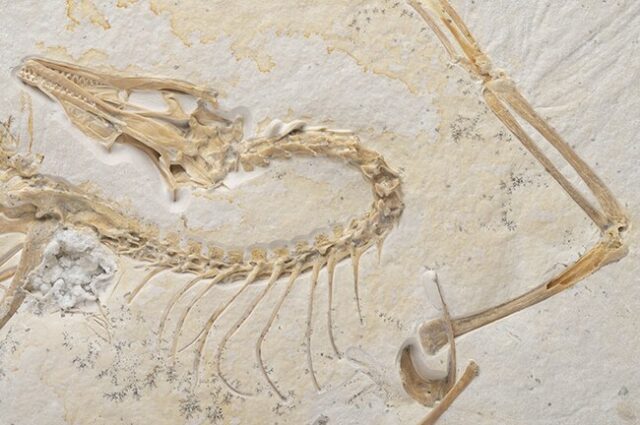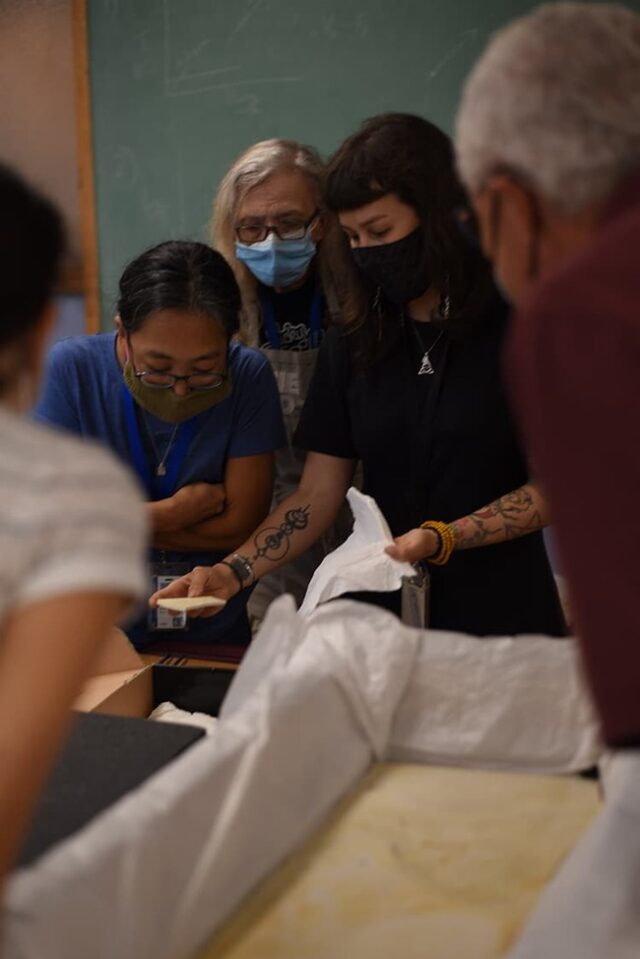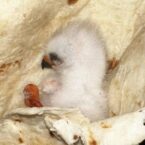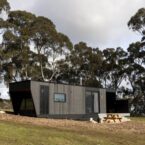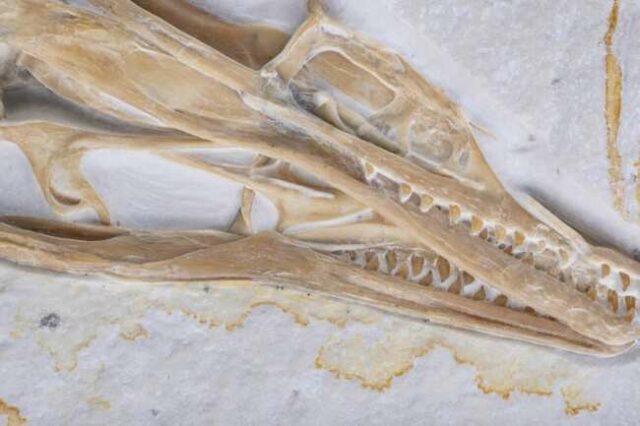
The Field Museum in Chicago is currently exhibiting one of the most significant paleontological finds: a rare and remarkably well-preserved skeleton of the Archaeopteryx, a bird-like dinosaur. The discovery of the first Archaeopteryx fossil in 1861 played a crucial role in supporting Darwin’s theory of evolution by illustrating the connection between dinosaurs and birds. This fossil, often hailed as the most important ever discovered, provided concrete evidence that birds are the closest living relatives to dinosaurs. The presence of this specimen at the Field Museum offers a unique opportunity for science enthusiasts in the Western hemisphere, as no other major museum in this region holds an Archaeopteryx fossil. This fascinating creature, which once roamed what is now Europe, bridges the evolutionary gap, showing characteristics that link small, modern birds to their colossal, reptilian ancestors like T. Rex.

Field Museum CEO and President Dr. Julian Siggers has emphasized the significance of this acquisition, equating it to the museum’s renowned SUE the T. rex. Despite its small size—comparable to a pigeon—this Archaeopteryx fossil, found in Germany’s Solnhofen limestone deposit, offers invaluable insights. Its features, such as a snout with sharp teeth, clawed wings, a long bony tail, hollow bones, and asymmetrical feathers, exhibit both reptilian and avian traits, making it a vital piece of the evolutionary puzzle. Initially discovered by private collectors in 1990 and acquired by the Field Museum in 2022, the fossil arrived encased in rock. The museum’s preparators meticulously preserved its fine details, enhancing its scientific value. Visitors can marvel at this extraordinary specimen in a temporary exhibit until June 7, 2024, before it becomes a permanent part of the Field Museum’s collection in September.

